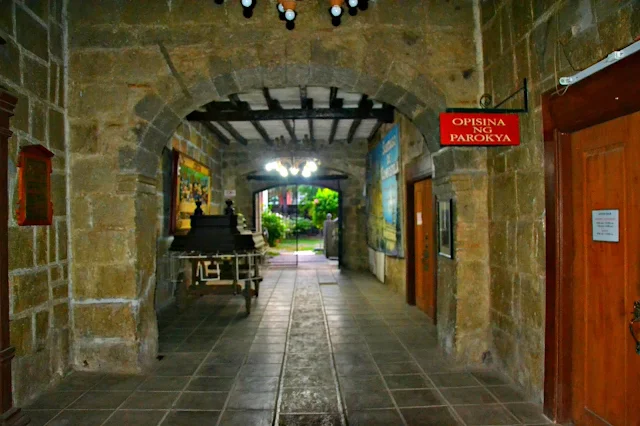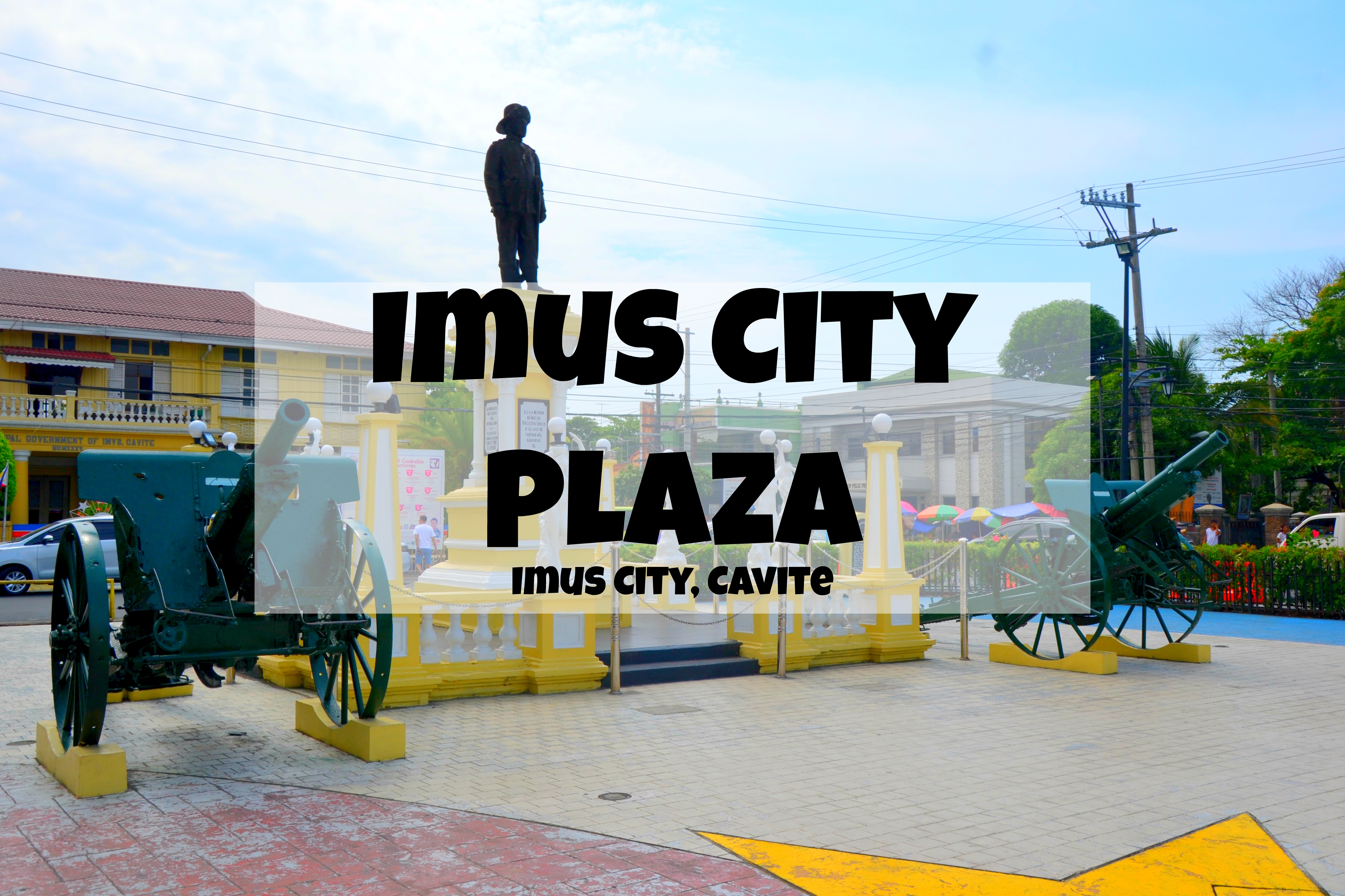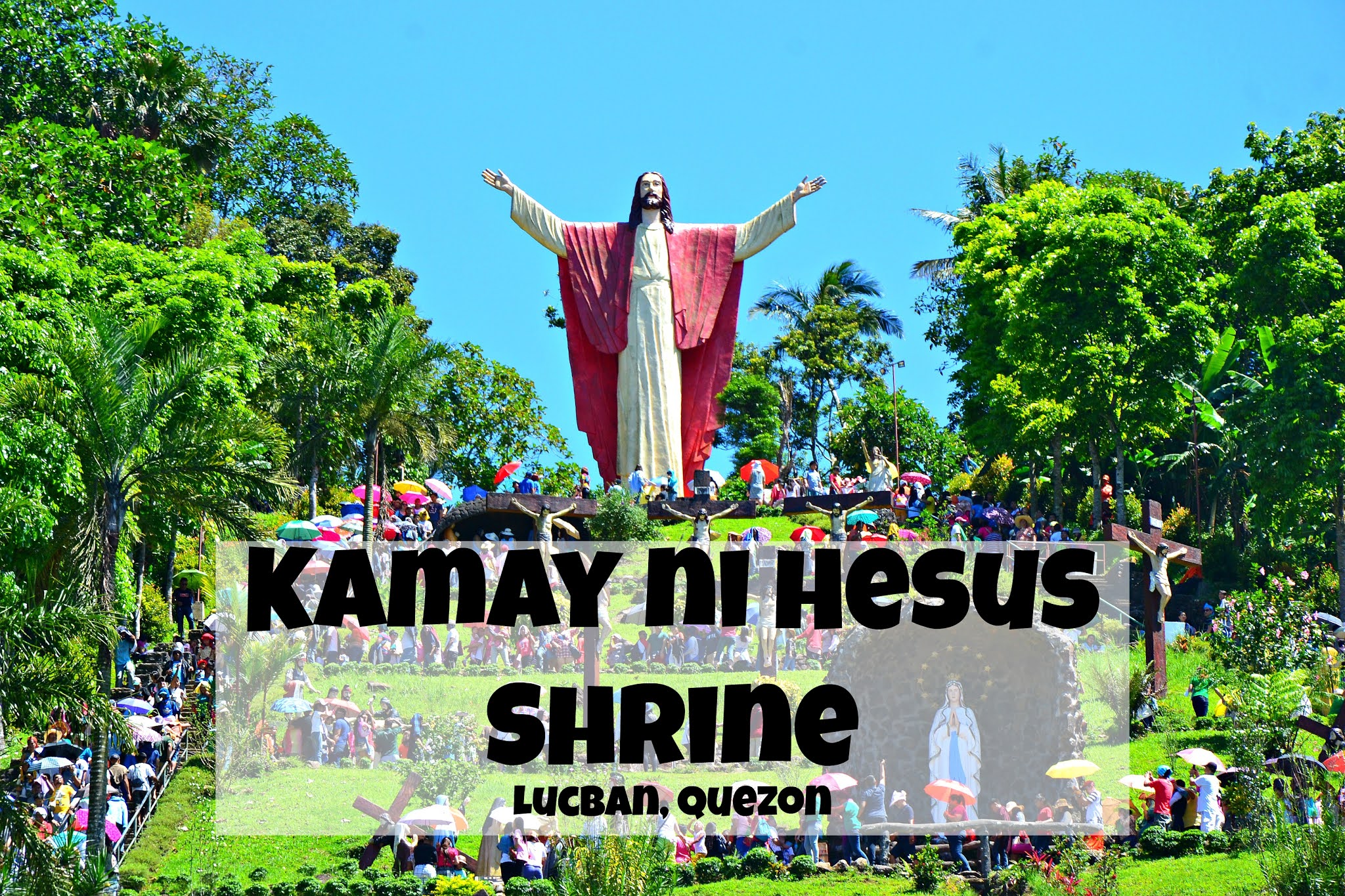Located along Calle Rizal, Barangay Poblacion, Plaridel in the province of Bulacan, Plaridel Church is one of the Spanish colonial era churches of the province.
 |
| Plaridel Church |
Plaridel Church History
Formally named Santiago Apostol Church, Plaridel Church was first established in 1581 as one of the visita or mission chapels of Malolos. It was formerly located in a barrio called Lumangbayan. However, it had to be transferred across the Quingua River (now Angat River) to its present location as it was frequently flooded during the rainy season.
 |
| Plaridel Church - Plaridel, Bulacan |
 |
| The bell tower and the church facade of Plaridel Church |
A church was built in 1602 and was finished fifteen years later in 1617. The church was made from adobe stones and bricks. Sadly, lightning struck it in 1705 and the ensuing fire razed it down. A new church was rebuilt in 1722 but was razed by fire again in 1772. However, this time, it was quickly rebuilt.
 |
| Plaridel Church's NHC marker |
 |
| Consecration Memento |
Plaridel Church played a very important role during the British Occupation of Manila in 1762 -1764 as it became the safe-keeper of the treasures and important documents that were "evacuated" from San Agustin Monastery in Intramuros before it fell into British hands.
 |
| Plaridel Church altar |
 |
| The statue of Sto. Nino |
Plaridel Church, then still called Quingua Church (after the former name of the town), also served as a military hospital and cuartel for the Americans in 1899.
 |
| Plaridel Church pulpit |
 |
| The interior as seen from the altar area |
 |
| The church ceiling |
Plaridel Church underwent restoration in 2013 and took two years to complete. The said restoration focused on the church's ceiling paintings. Presently, Plaridel Church has a Baroque-style architecture with Moorish ornamentation. It has a five-story bell tower that houses five bells, the biggest of which is dedicated to Nuestra Senora de la Consolacion.
 |
| The garden inside the church vicinity |
 |
| Sadly, the water fountain lacks water... |
My family and I got to visit Plaridel Church as a side trip on our drive back home from our family outing in Gabaldon, Nueva Ecija. We arrived just in time for the afternoon mass, that's why I had no chance of taking photos of the church without people. We didn't stay long though as we were all tired that day and still had several hours to drive to reach home. Overall, this article is a bit special for me as it is the first article that I'm writing for the province of Bulacan. As for the church, it's a must-visit if you love historic buildings. It is also highly recommended to include this Spanish-era church for your pilgrimage or Visita Iglesia in the province of Bulacan.
Getting to Plaridel Church:
Ride a Premium Point-to-Point (P2P) bus from EDSA-North Avenue to Plaridel. Board down at the P2P terminal at Primark Mall and ride a tricycle to bring you to Plaridel Church.
Ratings:
 |
| Pilgrims |
 |
| Cleanliness |
 |
| Overall ratings |






























Comments
Post a Comment